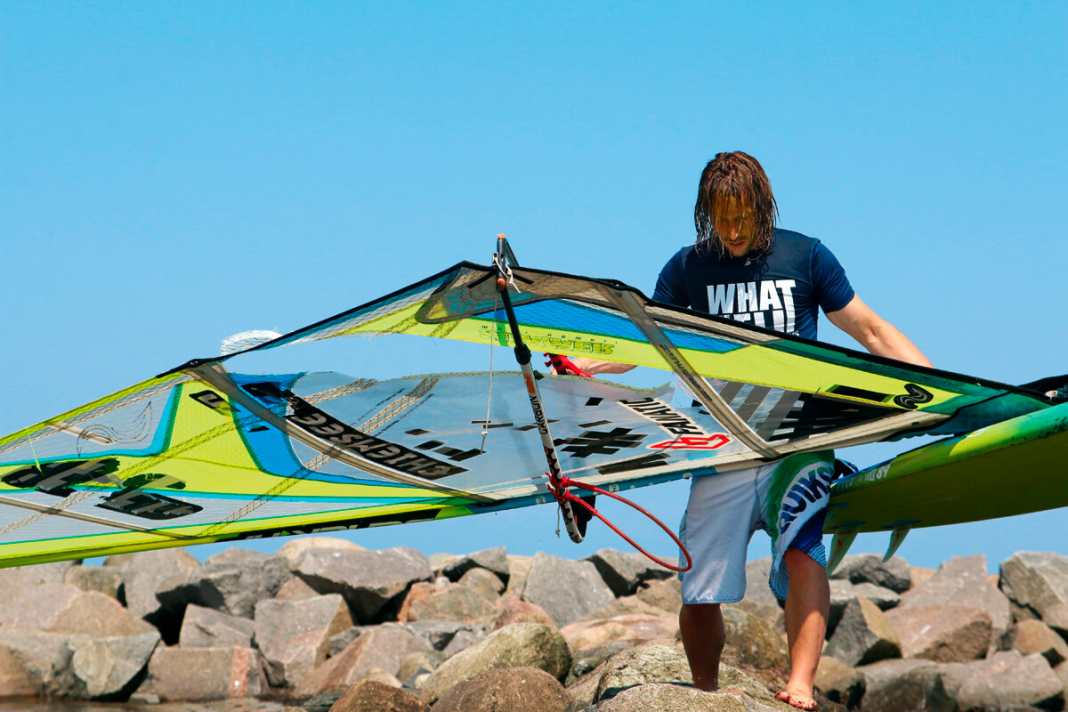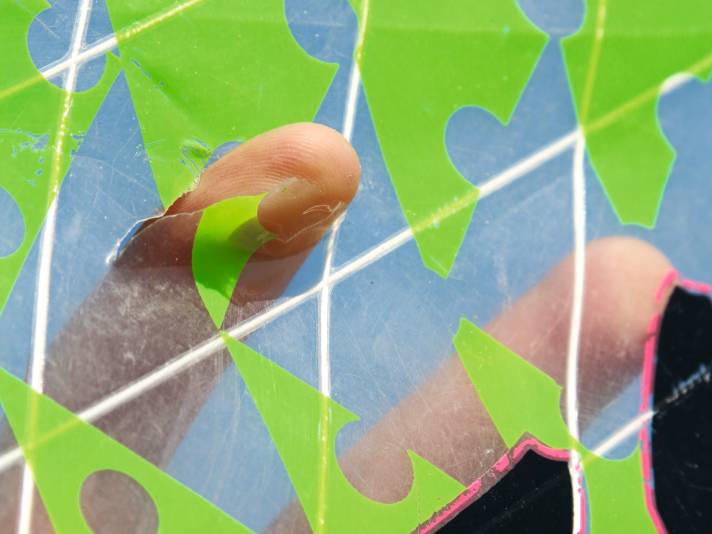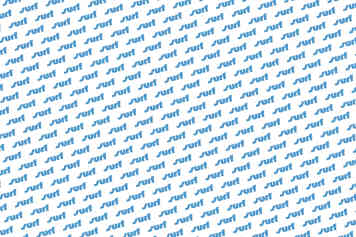





First of all: The best and most sustainable repair of your sail is of course done by the sailmaker. With a sewing machine and replacement material, he or she can replace entire panels. But this is time-consuming and expensive. If you go to the sailmaker on a windy weekend on Lake Garda or a pronounced low-pressure phase in northern Germany and would like to get back on the water "tomorrow", you will usually only receive a tired smile and a discreet reference to the pile of work on the sewing table. However, if you have a few tools in your luggage, you can often save the trip and repair even large holes so that you can still have a few good sessions. And you can always have windsurfing sails repaired afterwards if you value a nice look and are prepared to invest a few euros.
Materials for repairing windsurfing sails
- A sticker or duct tape is often sufficient for an initial quick repair of minor damage - which no surf bag should be without anyway.
- For a permanent repair, special Dacron tape is available in many variants, colours and dimensions, for example from Amazon .
- Specials Mono film tape for windsurfing sails is also available relatively cheaply, so that the sail window, for example, remains transparent and free from visual obstructions. The tape can also be used to reinforce creases or dents to prevent them from tearing.
In the picture gallery above, we show you how you can quickly repair tears right up to the seam yourself!
Hole in the windsurfing sail: repair or continue surfing?
You can continue surfing, for example, if there are dents in the mono film: once the mono film has deformed, it remains as it is. It doesn't look nice, but is actually harmless and remains stable! Even small holes in the X-Ply do not necessarily mean the end of the session:

X-Ply consists of two thin layers of monofilm with polyester or aramid threads glued between them. This prevents tearing and the session can continue. To be on the safe side, however, you should patch up the hole with stickers or duct tape after surfing. This also applies to large, whitish-coloured creases in the mono film; these are predetermined breaking points where the windsurf sail will tear sooner or later
You should always repair holes in the mono film: after damage, mono film continues to tear under load until the next seam. A small hole can quickly turn into a total loss. Even if the hole ends directly at a seam, a repair is necessary. We show you how to do it in the picture gallery above!
